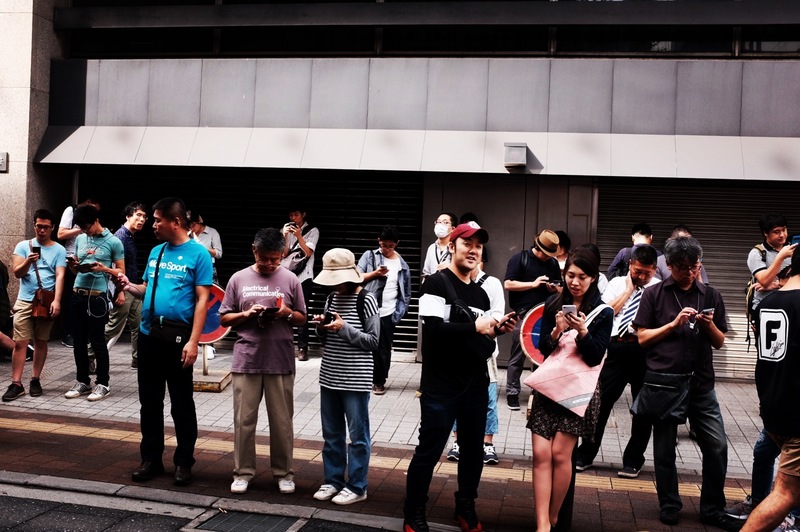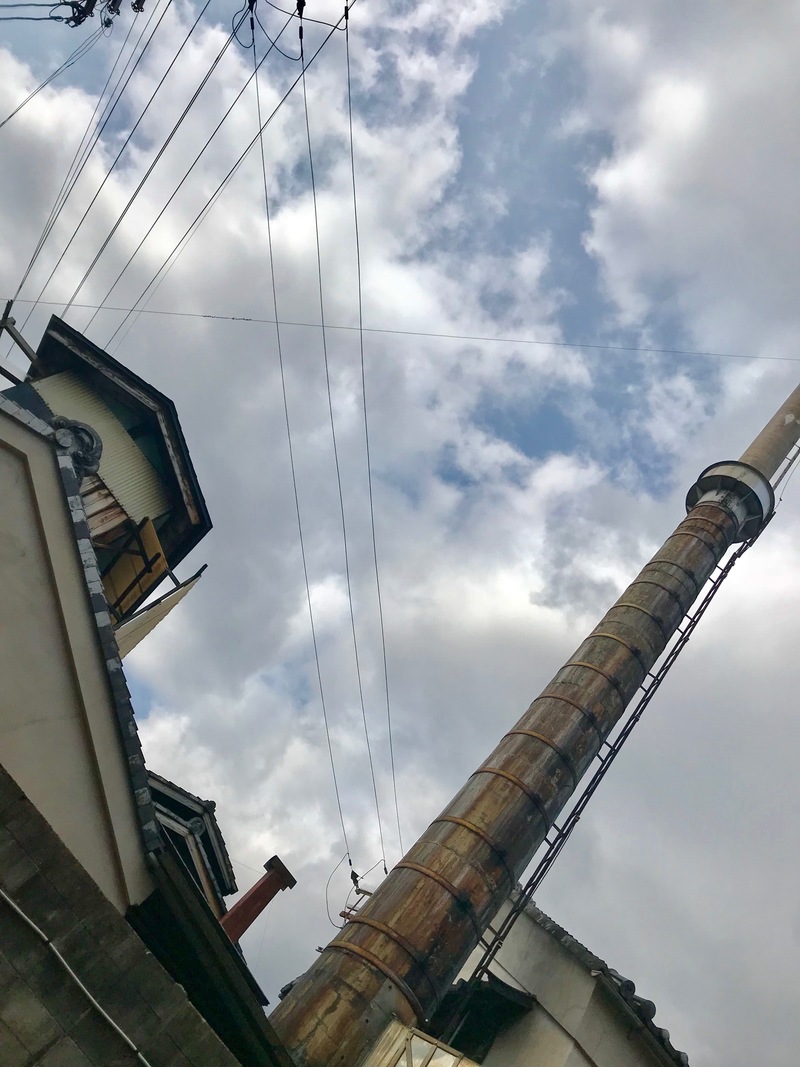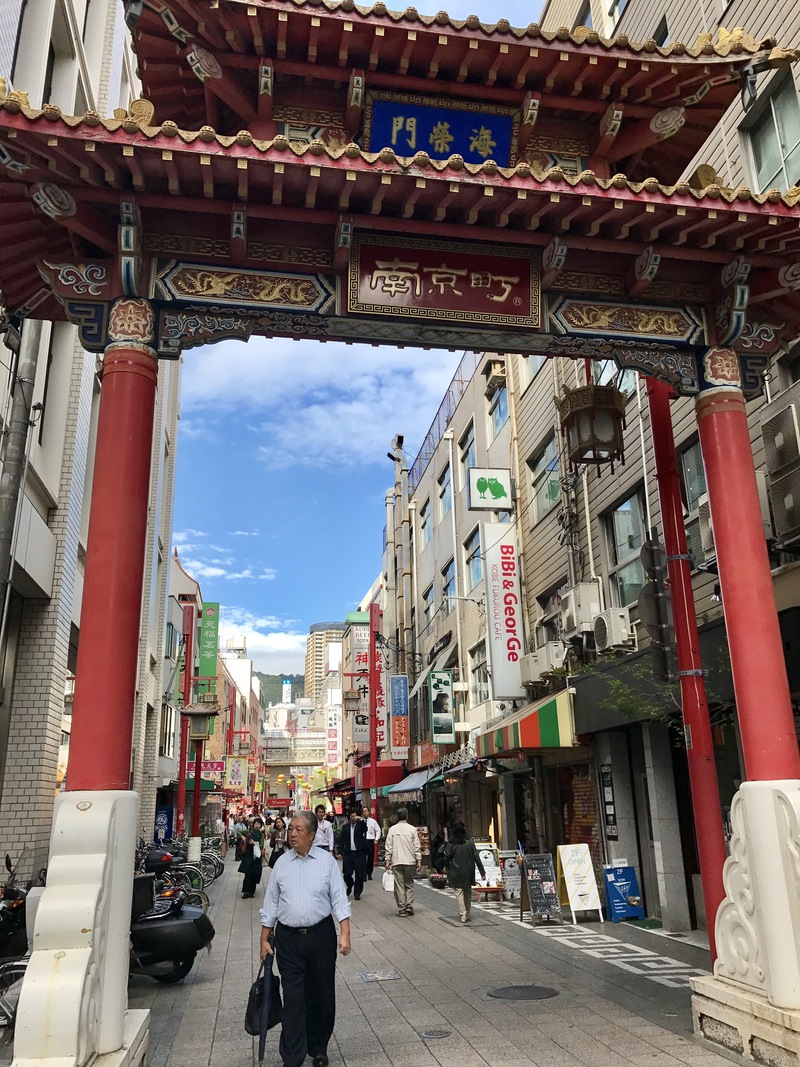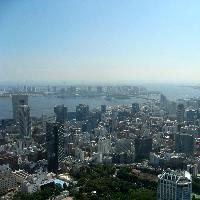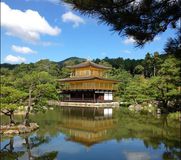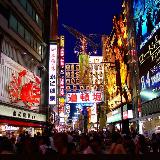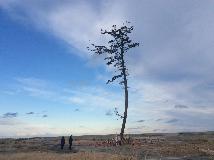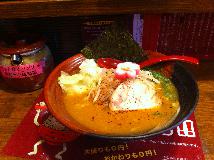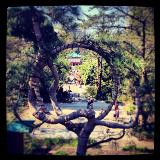By Carolyn Stevens and Tomohiro Matsuoka
Recorded by Tomohiro Matsuoka
Sat May 24 2014
At 2:56 pm on 11 March, 2011, Japan's northeastern coastline experienced a magnitude 9 earthquake, accompanied by a tsunami that hit a 500 kilometre stretch of the coast, and caused meltdowns and hydrogen explosions at the Fukushima Daiichi nuclear plant. As of March 2014, the disasters had claimed 15,884 lives, with 6,148 injured and 2,633 people still missing (source). While the recovery and reconstruction efforts in the parts of Tohoku ravaged by the natural disasters are still underway, most experts say that it will be decades before the area will be declared safe.
After the meltdowns, many residents of nearby and adjacent areas (even as far as Tokyo) were concerned about the levels of radiation in the environment. Wary of the government announcements, many citizens purchased their own Geiger Counters, or dosimeters, to test their surroundings. Dosimetry is the science of measuring exposure to radiation and interpreting its impact on life. A Geiger Counter, or dosimeter, is used to measure radiation in sieverts or, more commonly, millisieverts. The ticking of the Geiger Counter has become a new everyday sound for residents of Fukushima.

Dosimeter reading at Iitatemura, Fukushima
Tomohiro (Tomo) Matsuoka, Carolyn Stevens' husband, travelled to Fukushima in January 2013 and 2014. He made the following recordings of the sounds of the geiger counters in a car traveling near Iitate village, located approximately 40km north west of Fukushima Daiichi Nuclear Power Plant. With the wind blowing in Iitate's direction that day, the village was directly hit by a highly radioactive plume at the time of the nuclear accident and explosion. Tomo visited Iitate Village guided by Mr. And Mrs. Hasegawa. Hasegawa Ken'ichi is a dairy farmer in Iitate Village of Fukushima and served as Chair of the Fukushima Prefecture Dairy Farmers Union. Mr. Hasegawa is also the leader of Maeta District in Iitate, and since the immediate evacuation of his village on 11 March, has become an activist working for the promotion of a nuclear free Japan (see a video interview with Mr. Hasegawa here). Since March 2011, the Hasegawas have been living in temporary housing in Date City, to the north of Fukushima City. Iitate is still an evacuation zone; residents can visit their home during the day, but are not supposed to live there because of lingering high levels of radiation. Mr. and Mrs. Hasegawa lost their dairy farming business because of the nuclear accident.
In January 2014, Tomo visited Fukushima to meet the Hasegawas. They spent a day in Iitate Village. Tomo saw endless piles of black plastic bags containing radioactive soil lined the street. They were covered with snow, suggesting that there had been no recent action to move them . While driving through the streets, Tomo noticed a Geiger Counter under the dashboard of Mr. Hasegawa's car. Mr. Hasegawa explained that he usually keeps it switched off because it soon reaches a threshold and starts beeping noisily whenever he visits his hometown. This video was recorded inside his car on a winding road in the mountain a few kilometres north of Iitate.
This was taken inside the car, driving on the street of the village, so the reading would be higher outside.
This video shows the extent of the radioactive soil and other material that has been scraped up as part of the clean up. It stands still as a bleak reminder of the accident and the on going struggle to reclaim the land.
[embed]https://www.youtube.com/watch?v=MHCSE_oxxRQ[/embed]
In March 2013, Mr. And Mrs. Hasegawa were invited to conduct a speaking tour of Australia by Australian environmental NGOs to tell of their experiences. Australia has been a major supplier of uranium to Japan in the past and a focus of the speaking tour was to raise awareness of these facts.
For more information, see this interview with Mr. Hasegawa as published in the Asahi Shimbun (in English).
Photographs and video by Tomohiro Matsuoka
Text by Carolyn Stevens and Tomohiro Matsuoka
